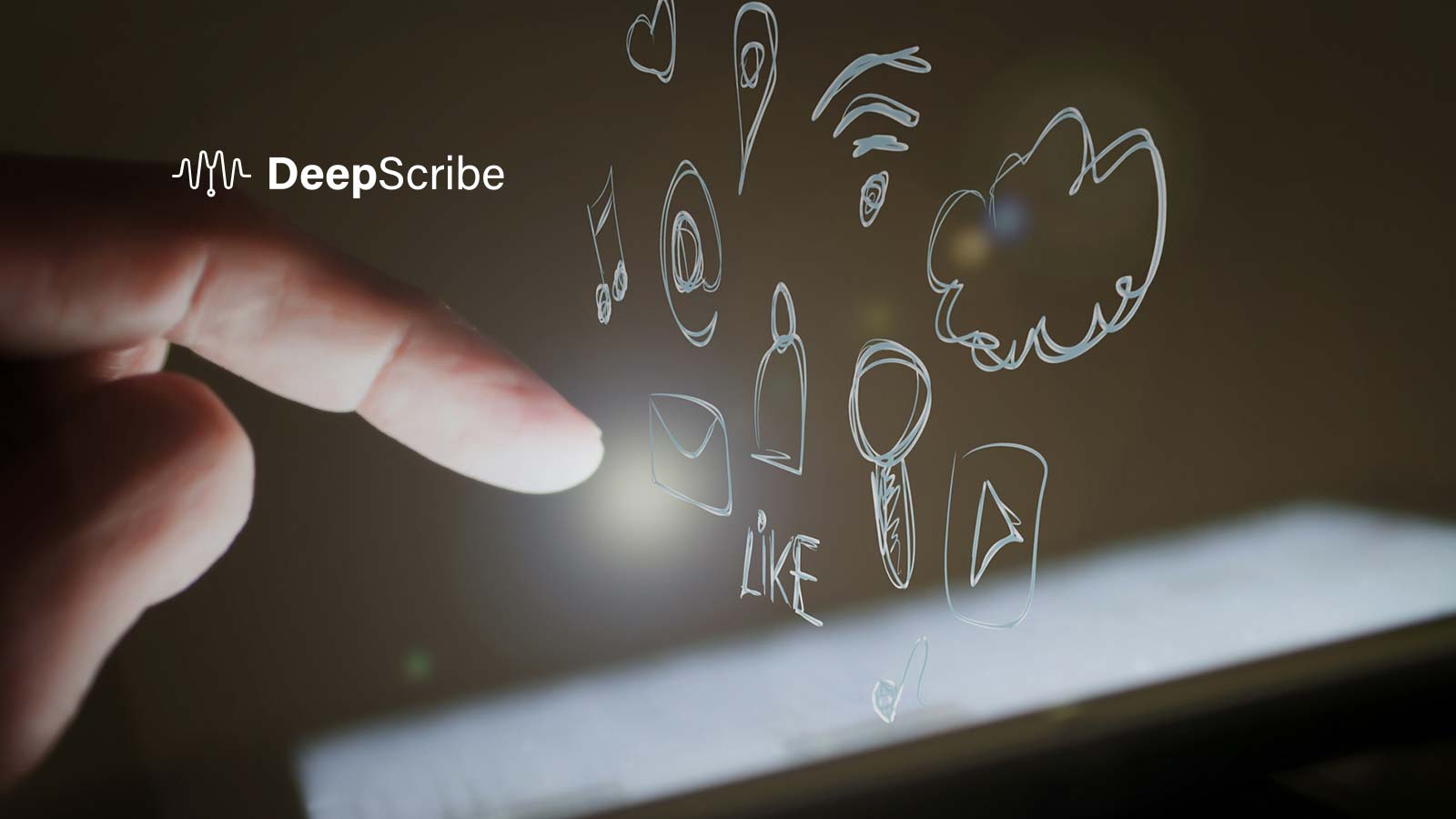Medical Scribe: AI vs Human, Which One To Use?
The use of artificial intelligence (AI) in healthcare is growing rapidly. One area where AI is being used is in medical scribing, which is the process of converting clinician-patient encounters into text format.
There are many potential benefits to using AI for medical scribing, including increased accuracy and efficiency. However, there are also concerns about how AI may impact the quality of patient care. This blog post will explore the pros and cons of using AI for medical scribing.
Can an AI medical scribe replace a human scribe?
Yes, an AI medical scribe can replace a human scribe. It can provide the same services as a human scribe, but it is more accurate and efficient.
Is an AI medical scribe expensive?
No, an AI medical scribe is not expensive. In fact, it can save the doctor money in the long run by reducing transcription errors and increasing efficiency.
Pros Of Using An AI Medical Scribe:
One benefit of using AI for medical scribing is that it can help to improve accuracy. This is because AI systems can be trained to recognize patterns and convert them into text with a high degree of accuracy. This can be particularly helpful when clinicians speak quickly or use medical jargon.
Another benefit of using AI for medical scribing is that it can help to improve efficiency. This is because AI systems can work faster than human scribes, and they do not need to take breaks. This means that more patient encounters can be converted into text in a shorter period of time.

Another benefit of using an AI medical scribe is the potential to improve patient care. This is because AI systems can be programmed to provide clinical decision support. For example, an AI system could be programmed to alert a clinician if a patient has a high risk of developing a certain condition.
Cons Of Using An AI Medical Scribe:
One concern about using AI for medical scribing is that it may lead to reduced quality of care. This is because AI systems may not be able to understand the nuances of human conversation, and they may make errors when converting speech to text. This could potentially impact the accuracy of diagnosis and treatment plans.
Another concern about using AI for medical scribing is that it may lead to job losses. This is because AI systems can replace human scribes, and this could result in fewer jobs for people who are trained in medical scribing.
How To Overcome These Cons?
Despite the potential risks, there are ways to overcome the cons of using AI for medical scribing. For example, training data can be used to improve accuracy by teaching AI systems to recognize common patterns in speech. In addition, job losses can be minimized by retraining human scribes to work alongside AI systems.
Conclusion
Overall, the pros of using AI for medical scribing seem to outweigh the cons. The benefits of increased accuracy and efficiency are significant, and the risks can be mitigated with proper planning and implementation.
However, as healthcare increasingly relies on AI, it is important to carefully consider how AI can best be used to improve patient care. Only time will tell how AI will impact the field of healthcare overall.